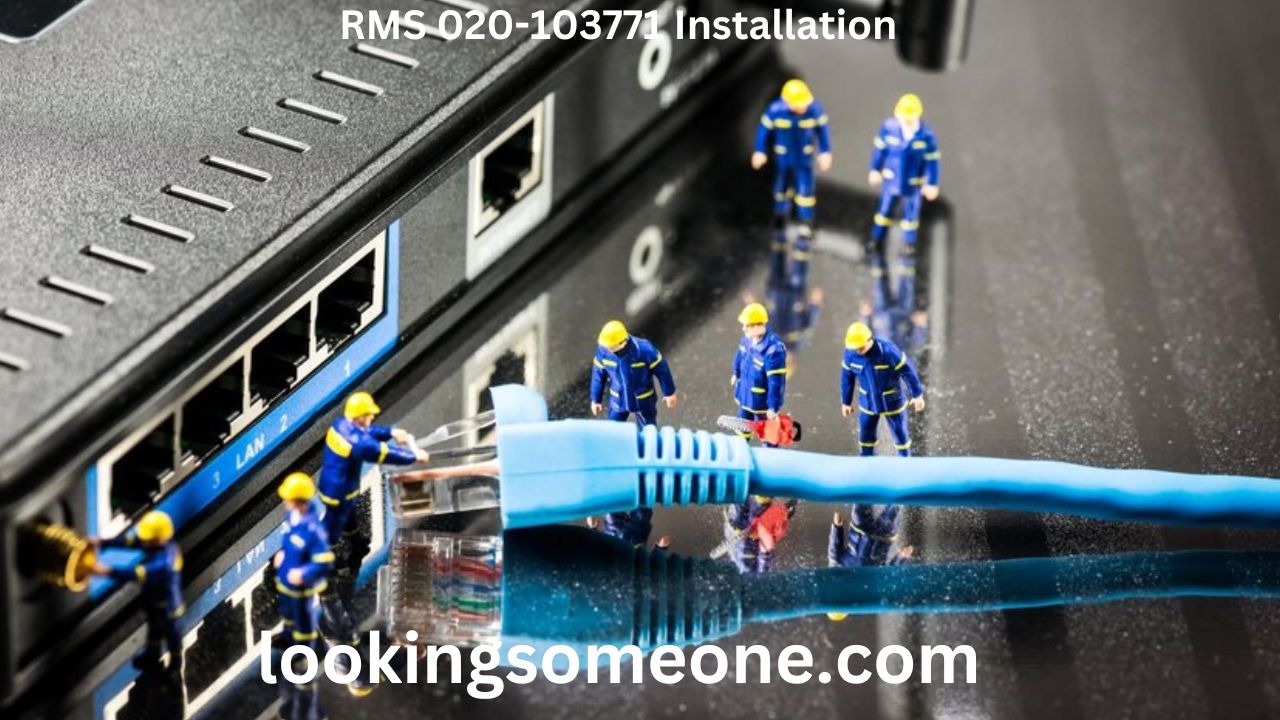Introduction
Installing RMS 020-103771 requires precision and attention to detail. This guide provides a comprehensive step-by-step approach to ensure a smooth setup. The process demands the right tools, correct positioning, and thorough testing to guarantee optimal performance. Following these instructions minimizes installation errors and enhances system efficiency.
Preparing for Installation
Proper preparation ensures a hassle-free installation. Gather all necessary tools, including a screwdriver, measuring tape, and safety gloves. Read the manufacturer’s manual carefully to understand component placements and required adjustments. Ensure the installation area is clean and free from obstructions to facilitate an uninterrupted process.
Unpacking and Inspecting Components
Carefully unpack RMS 020-103771 and inspect each component for visible defects. Verify that all parts match the inventory list provided in the manual. Damaged or missing components must be reported to the supplier before proceeding further. A thorough inspection prevents issues during the installation phase.
Positioning the System
Select an appropriate location for RMS 020-103771 installation. Ensure the chosen spot allows proper ventilation and easy access to wiring connections. Position the unit on a stable surface to avoid unnecessary vibrations. Align the mounting brackets correctly to secure the system in place before proceeding with wiring connections.
Connecting the Wiring
Follow the manufacturer’s wiring diagram to connect all electrical components. Secure all connections tightly to prevent short circuits or loose contacts. Use insulated tools to avoid electrical hazards while working with live connections. Double-check all wiring before powering the system to avoid malfunctions.
Securing the Mounting Brackets
Mounting brackets provide stability to RMS 020-103771 during operation. Align the brackets with pre-marked positions and fasten them using appropriate screws. Apply even pressure while tightening screws to prevent misalignment. Properly secured brackets reduce vibrations and enhance system longevity.
Configuring System Settings
After mounting the unit, configure the system settings according to user requirements. Access the control panel and adjust parameters based on operational needs. Follow the manual’s instructions to fine-tune configurations for optimal performance. Proper configuration ensures efficient operation and prevents system failures.
Testing the Installation
Conduct a thorough test to ensure RMS 020-103771 functions correctly. Power on the system and monitor initial startup performance. Check for abnormal noises, overheating, or error messages. Run diagnostic tests to verify all components are functioning as expected. Identifying and resolving issues during testing prevents future operational failures.
Final Inspection and Maintenance Tips
Perform a final inspection to confirm successful installation. Ensure all connections are secure and system settings are correctly configured. Regular maintenance, including cleaning and software updates, enhances system longevity. Follow the manufacturer’s maintenance guidelines for consistent performance and minimal downtime.
Troubleshooting Common Issues
Common installation issues include wiring errors, loose connections, and incorrect settings. Recheck wiring diagrams to ensure proper connectivity. Tighten loose connections and reset configurations if necessary. If issues persist, consult the manufacturer’s technical support for professional assistance.
Conclusion
Installing RMS 020-103771 requires careful planning, precise execution, and thorough testing. Following this guide ensures a seamless setup and optimal system performance. Regular maintenance and troubleshooting further enhance reliability and longevity. A properly installed system guarantees smooth operation and long-term efficiency.
